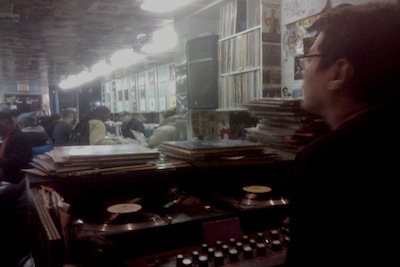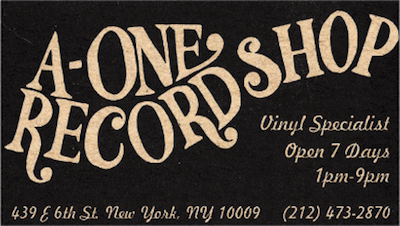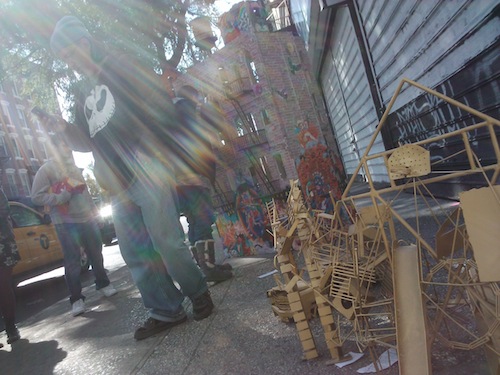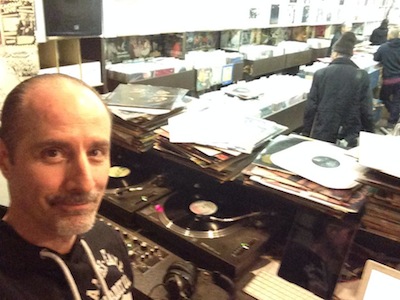
Photo by www.ivobol.nl
Mastering for Vinyl
By Recording Magazine
“LPs are staging a big comeback, which means there’s a lot to know before you send your music off for pressing.”
By Scott Dorsey
There’s something of a small renaissance in LP production these days, and we’re starting to see a lot of people in small studios producing material for issue on LP for the first time.
It’s not just in one sector of the industry, either. The guys producing dance music for DJ use have never really given up on vinyl because their customers like the ability to mix and scratch the stuff, but the techno music explosion has also brought in a lot of people intending to cut vinyl. There is an increasing amount of jazz being released on vinyl, and a number of small audiophile labels cropping up that release primarily on vinyl.
This is a bit of a problem, though, for people who want to get into this growth. LPs aren’t like CDs at all, in that a lot of manipulation has to be done to fit your material onto the disc. So there are a lot of things to watch out for that most folks who haven’t mixed for LP release might find a bit odd.
How LPs are made
Now, this stuff is actually more important than you think. When you release on CD, you don’t need to know a thing about the pressing process, because you know that the bits that get sent out to the plant will be the same bits on the disc you release.
This is not at all the case with LPs, and you need to involve yourself in the process a lot more. You also need to know how things work, because the probabilities of something going wrong are great, and you will need to talk with the manufacturing people and understand what they are saying. So a lot of this stuff may sound completely irrelevant, but it’s important in understanding some of the limitations of the medium.
In the beginning, we start out with an acetate blank (also called a lacquer), a disc made of aluminum with a thin layer of acetate plastic on it. It’s placed on a mastering lathe, which is a sort of turntable with a cutting head (basically a huge oversized phono cartridge in reverse) on a bar that is suspended over the disc like a linear tracking tonearm.
The head may be cooled with water or compressed helium because of the huge amount of heat generated by the high torque coils in it that are required to cut smoothly through the acetate surface without distortion. This is despite the fact that the cutting stylus is heated to help it glide through the plastic without tearing. [Read More]


























